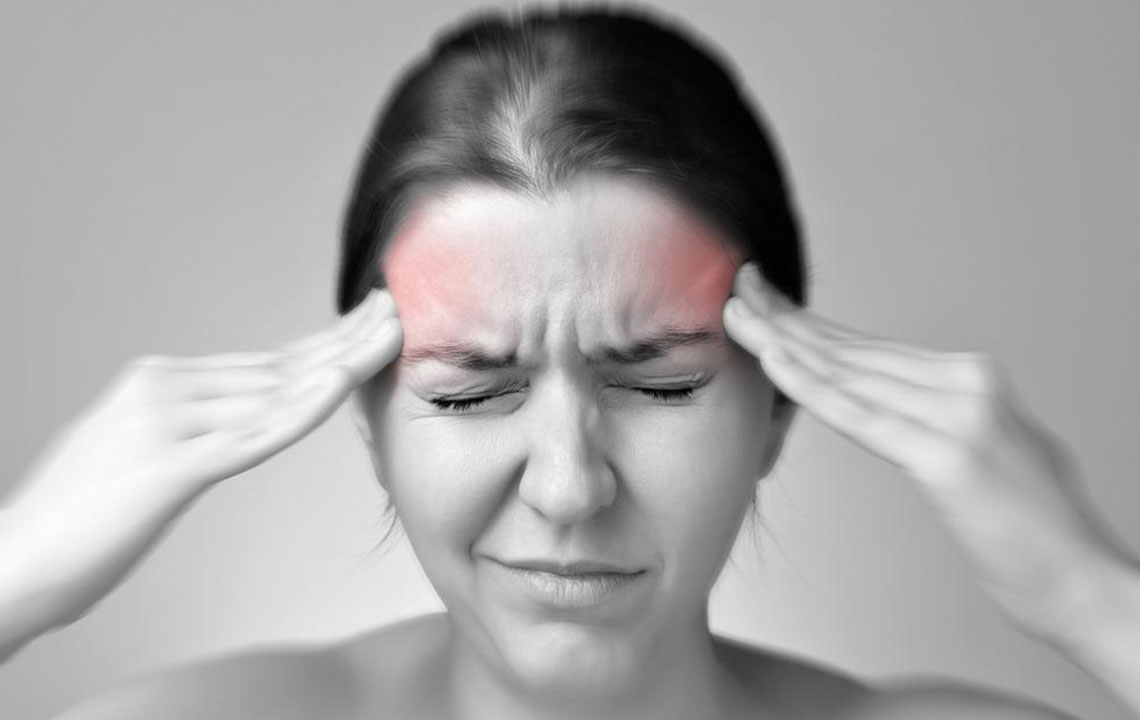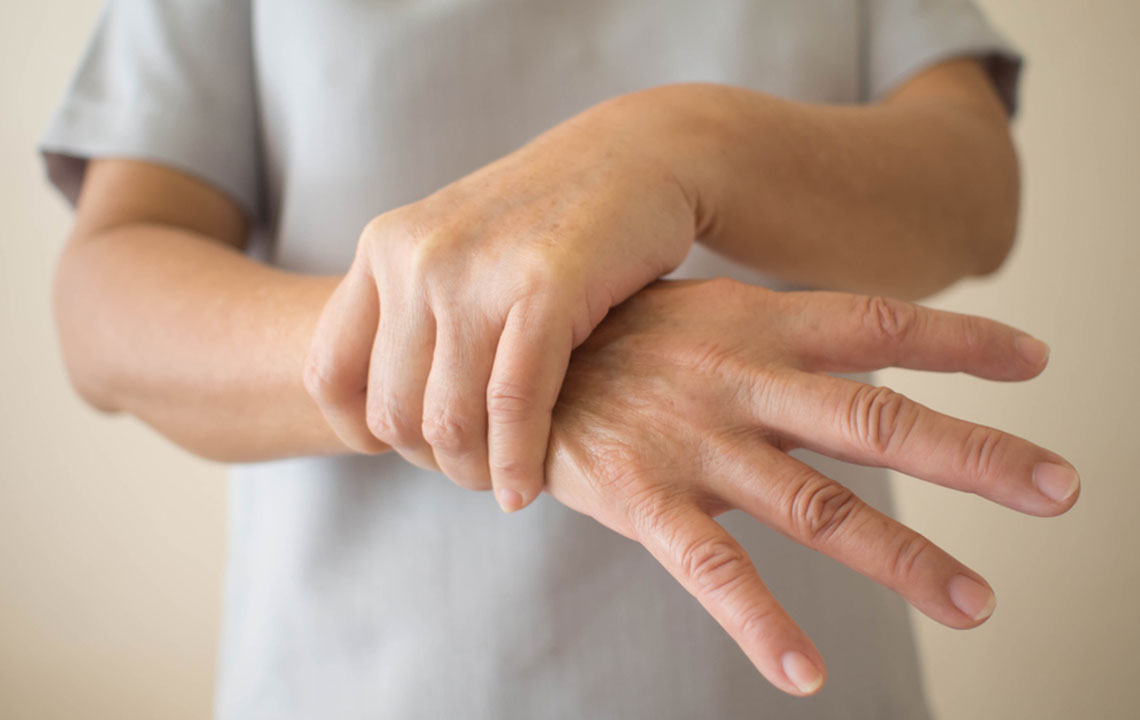Recognizing the Key Indicators of Huntington’s Disease
This article provides an overview of Huntington’s disease, highlighting early signs, symptoms, and differences between adult and juvenile forms. It emphasizes the importance of early diagnosis and medical intervention to manage the progressive neurological disorder effectively. Recognizing physical, behavioral, and advanced symptoms can aid in timely treatment. Prompt medical care and appropriate medications are vital for improving quality of life for affected individuals.

Recognizing the Key Indicators of Huntington’s Disease
Huntington’s disease is an evolving neurological disorder characterized by the gradual breakdown of nerve cells in the brain. This condition impacts the brain's central regions, leading to difficulties in movement, emotional regulation, and cognitive functions.
Typically, symptoms emerge in individuals in their 30s and 40s, though it can also manifest later in life. When symptoms appear before age 20, the condition is known as juvenile Huntington’s disease, which tends to progress more rapidly and presents distinct features.
Signs and Symptoms of Huntington’s Disease
Huntington’s primarily involves motor dysfunction, psychiatric symptoms, and cognitive decline, beginning with subtle early signs.
Physical manifestations
Restlessness and hyperactivity
Minimal coordination issues affecting balance
Fingers and toes exhibiting twitching
Changes in handwriting patterns
Slowing of movements or physical stiffness
Difficulty performing routine physical activities such as driving
Behavioral and mental signs
Short-term memory loss
Difficulty maintaining focus
Challenges in organizing tasks or handling new situations
Impulsive actions
Episodes of depression, irritability, or apathy
Progressive symptoms
As the disease advances, symptoms worsen, impacting daily life significantly. Involuntary movements such as jerks or twitching of limbs and neck become prominent. Emotional disturbances, speech and swallowing difficulties, and obsessive behaviors may also occur.
Weight loss is a common sign among affected individuals.
Juvenile Huntington’s Disease Indicators
In young patients, symptoms may differ slightly, including:
Memory impairments of academic or motor skills
Decreased concentration
Notable decline in school performance
Behavioral issues
Physical signs
Muscle rigidity affecting walking and posture
Fine motor skill deterioration
Seizures or tremors
Minor involuntary movements
If any movement or emotional changes are observed, prompt medical attention is essential. Various medications can manage symptoms, and a healthcare provider will recommend the most suitable treatment plan.










